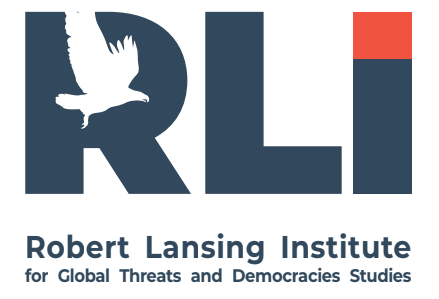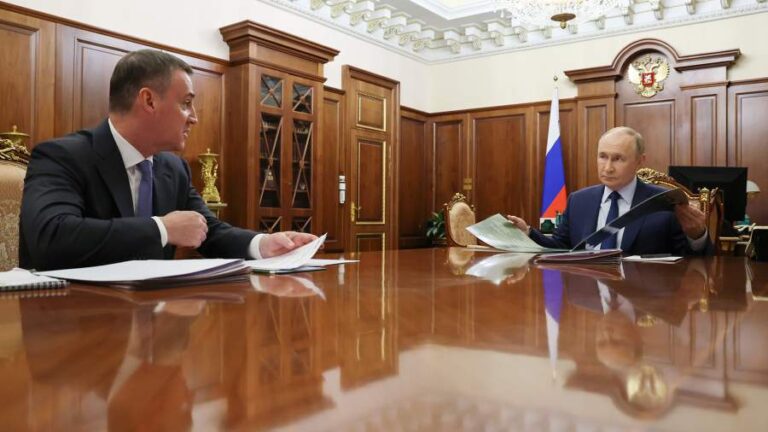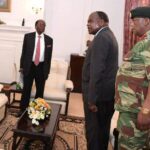Russia Prepares for a Managed Transit of Power
Preparations for a controlled transition of power are underway in Russia — a process that has been in planning since as early as 2020. Indicators typical of large-scale personnel reshuffles, reminiscent of the Soviet era, suggest that the Kremlin has entered the implementation phase.
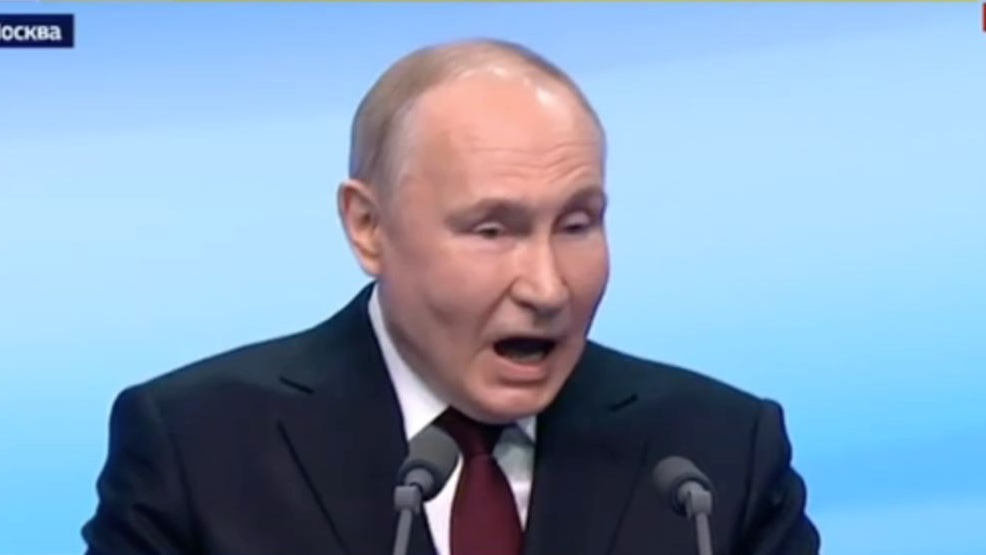
More on this story: Presidential election in Russia likely to trigger violent transit of power
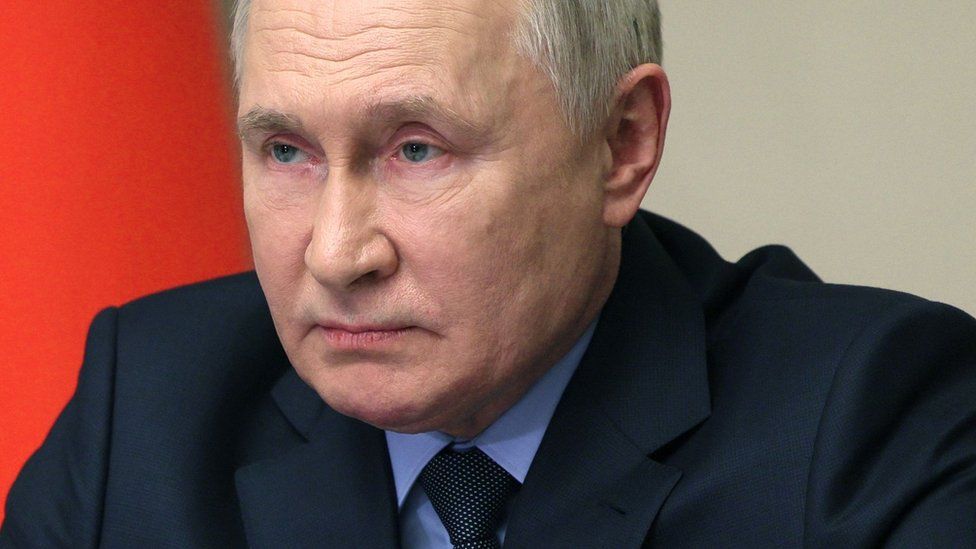
More on this story: Reasons and indicators for political shifts in Russia
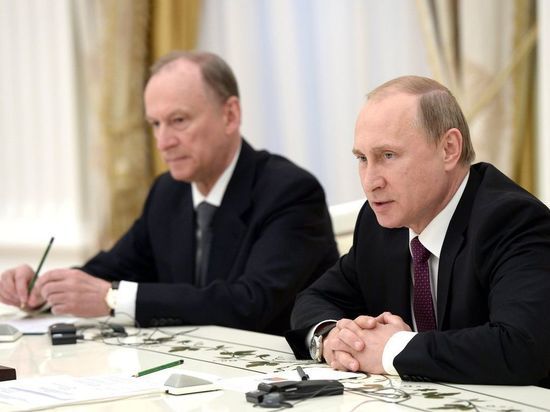
More on this story: The Kremlin power reshuffle amid the war in Ukraine and Putin’s disease
Media outlets noted a significant gathering on October 13, involving members of the Russian government, security bloc leadership, and high-ranking officials at the Radisson Collection Hotel in Moscow, organized for the birthday of Dmitry Patrushev, the son of Nikolai Patrushev, Secretary of the Russian Security Council.
The level of attention paid to this event likely reflects Dmitry Patrushev’s selection as a potential successor to the presidency.
On that date, Dmitry Patrushev turned 48 years old, and this year’s celebrations drew significantly more elite attendees—from both the first and second circles of power—than those attending Vladimir Putin’s own birthday a week earlier. This disproportionate attention serves as a symbolic indicator of Patrushev’s possible promotion within the state hierarchy.
The issue of power transit has remained relevant since 2020, driven by several factors:
- Putin’s declining health condition during 2020–2023;
- A drop in his domestic approval ratings;
- And his international isolation following the full-scale invasion of Ukraine and the International Criminal Court’s arrest warrant issued against him.
Within the Russian leadership, the topic of succession dominates all others. Emerging crises are perceived not as existential threats but as background noise accompanying the transfer of power. The current elite configuration resembles the late-Soviet Politburo, already preparing for a formal transition.
A telling sign was Dmitry Patrushev’s recent meeting with Indian Prime Minister Narendra Modi, one of Moscow’s key strategic partners — a move interpreted as foreign policy credentialing for the presumptive successor.
Expected Restructuring of Power
The transition is expected to bring major reshuffles across all security and government institutions.
- Alexei Dyumin, former presidential aide and current regional governor, may replace Alexander Bortnikov as head of the FSB, as Bortnikov has long sought retirement.
- The Foreign Ministry is also expected to undergo changes — both in leadership and structure. Its propaganda functions may be stripped or reduced to rebrand the ministry for international optics.
- The Security Council of Russia will likely be expanded and strengthened, with Nikolai Patrushev possibly returning as its head, while Sergey Shoigu and Dmitry Medvedev are expected to leave.
- Elvira Nabiullina, head of the Central Bank, is also likely to step down after years of attempting to resign. She may be reassigned as a presidential advisor.
Despite regular statements about integrating “veterans of the war against Ukraine” into the elite, such promotions are unlikely at the federal level, though possible regionally in areas with high concentrations of so-called Z-patriots.
The Role of Putin
Under this scenario, Vladimir Putin is not expected to disappear from politics entirely.
He will likely assume the post of Chairman of the Constitutional Court, allowing him to retain supervisory and symbolic authority as the regime’s “watchdog.” This mirrors the controlled retirement models of late Soviet leaders, maintaining influence while avoiding direct responsibility.
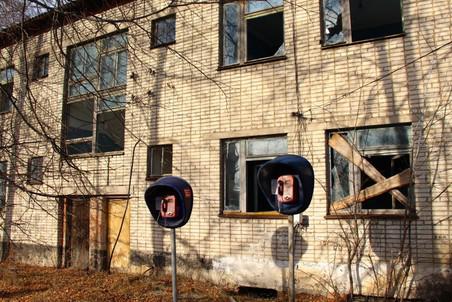
More on this story: Modern Russia. Basic Rule Ideology Schemes
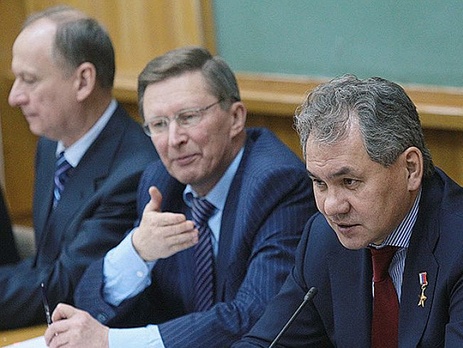
More on this story: Domestic political confrontation in Russia threatens Putin’s regime
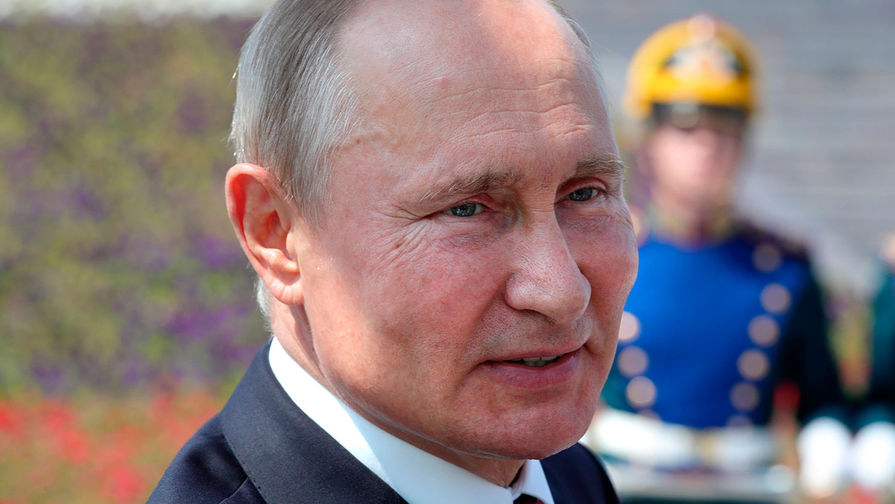
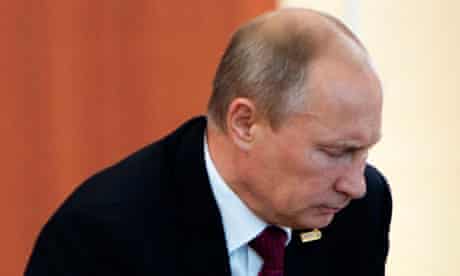
A faction aligned with Sergey Chemezov reportedly views the current geopolitical context as ideal for executing the transition — before further military or economic deterioration erodes the system’s cohesion.
Here’s why the Kremlin needs the transit and what it really means:
1. Guarantee of regime survival
The Russian political system is built around personalistic rule — the concentration of power in Vladimir Putin’s hands and a narrow circle of loyal elites. A sudden, uncontrolled change of leadership would risk internal fragmentation, elite competition, and possibly social unrest.
Therefore, a managed transition is designed to:
- Preserve the power vertical (administrative hierarchy and loyalty networks).
- Secure immunity and protection for the ruling elite from prosecution or revenge.
- Maintain control over security institutions (siloviki) and key financial flows.
2. Avoidance of succession crises
Russian history shows repeated instability during leadership transitions (Lenin–Stalin, Khrushchev–Brezhnev, Yeltsin–Putin).
The Kremlin seeks to prevent:
- Factional infighting within the siloviki, oligarchs, and technocrats.
- Regional autonomy movements or elite defections.
- Military or intelligence rivalries that could spiral into a coup attempt.
A carefully choreographed transit—whether through constitutional reform, a temporary successor, or power-sharing structure—mitigates these risks.
3. Preservation of the system’s legitimacy
Putin’s legitimacy originally rested on stability and national revival. As the war in Ukraine and sanctions erode that narrative, the Kremlin needs a new legitimacy formula.
The transit allows for a symbolic renewal of the regime — presenting a new figure or configuration (e.g., a “State Council” or “Union State leadership”) while keeping real control intact.
This mirrors late-Soviet tactics: changing faces at the top without changing the system.
4. Economic and geopolitical continuity
Russia’s elite economy is highly patronage-based: energy monopolies, state banks, and defense-industrial conglomerates depend on the Kremlin’s guarantees. A disruptive leadership change could:
- Trigger capital flight and financial panic.
- Break key international arrangements (China, Iran, Africa).
- Reduce control over resource rents that sustain loyalty.
Thus, a managed transit reassures oligarchs, partners, and foreign allies that contracts and privileges will be preserved.
5. Strategic timing and succession models
Analysts outline three likely transit models:
- Institutionalized Putinism – Putin formally steps back but remains as head of a powerful body (e.g., Security Council or Union State), retaining de facto control.
- Successor continuity – A loyal figure (e.g., Mishustin, Patrushev Jr., Dyumin) takes office to preserve the system under Putin’s “national leader” supervision.
- Collective leadership – Power redistributed among siloviki blocs and technocrats to balance internal rivalries.
All scenarios aim to prevent a repeat of 1991 — loss of control, fragmentation, and Western-influenced liberalization
6. External context: war and sanctions
With the war in Ukraine entering a protracted phase, the Kremlin’s need for predictable internal control has intensified. A power vacuum or elite struggle could:
- Undermine command over nuclear forces.
- Invite Western interference or domestic protests.
- Disrupt wartime logistics and propaganda coherence.
Therefore, the transit of power is framed as a national security priority, not a political choice.
The Kremlin’s push for a transit of power is not about democratization but regime preservation. It’s a pre-emptive stabilization mechanism—to secure immunity for the ruling elite, preserve internal order, and project continuity to both domestic and international audiences.
In essence, Russia’s leadership seeks to reproduce Putinism without Putin, ensuring that whoever comes next inherits not only power but also the fear and loyalty structure that sustains it.
Ideological Continuity After the Transition
Despite the expected reshuffles within the Russian leadership, neither the country’s foreign policy direction nor its ideological foundations will change. The most influential figures from Vladimir Putin’s inner circle will remain in power, ensuring the preservation of the Soviet-style worldview that has guided Moscow’s strategic decisions for decades. These elites, formed during the Cold War, continue to view international relations through the prism of geopolitical confrontation with the West, perceiving global politics as a zero-sum struggle for influence and survival.
Consequently, even after a formal transfer of authority, Russia’s political behavior will likely remain rooted in imperial nostalgia, security paranoia, and systemic hostility toward liberal democracies. This continuity means that any post-Putin era will not signal genuine reform or democratization but rather a controlled adaptation of authoritarian rule, designed to preserve elite privileges and sustain Moscow’s global revisionist agenda.
RUSSIA: TRANSIT OF POWER 2026–2028
Scenario & Risk Assessment Matrix
Controlled Transit (Managed Succession). Probability ≈60%. Putin’s strategic planning and legal groundwork (e.g., State Council reforms, constitutional flexibility).
– Security elite consensus (FSB, Defense Ministry). Risks: – Temporary internal tension among elite factions.
– Risk of public apathy and legitimacy deficit for the successor. This leads to Continuity of authoritarian system under “collective Putinism.”
– Gradual adjustment of rhetoric to reduce sanctions pressure.
– Increased repression during transition year (2026).
– Hidden rivalry between siloviki and technocrats.
– Absence of viable opposition.
/Scenario of Elite Power Struggle / Siloviki Conflict. Probability: ≈25%. – Competing networks: Patrushev–FSB bloc vs. Shoigu military group. Decline in Putin’s ability to arbitrate.
– Unclear succession mechanism.
– Decline in Putin’s ability to arbitrate.
Risks: Fragmentation of chain of command.
– Risk of localized coup attempts (e.g., Rostov or Kaliningrad model).
– Instability within security services.
Implication: Continuity of authoritarian system under “collective Putinism.”
– Gradual adjustment of rhetoric to reduce sanctions pressure.
– Increased repression during transition year (2026). Potential purges and domestic terror.
– Short-term paralysis of state apparatus. High risk of regional militarization and intra-elite assassinations.
Scenario of “Stability Transfer” via Union State or State Council.Probability: ≈10%
Frivers: Competing networks: Patrushev–FSB bloc vs. Shoigu military group.
– Decline in Putin’s ability to arbitrate.
– Unclear succession mechanism. ormal merger with Belarus or elevation of “National Leader” role.
– Constitutional engineering to extend Putin’s control indirectly. Death or incapacitation of Putin.
– Failure of elite to coordinate emergency succession.
– External shocks (military defeat, internal revolt).
Risks: Fragmentation of chain of command.
– Risk of localized coup attempts (e.g., Rostov or Kaliningrad model).
– Instability within security services. – Instability within security services. – Disintegration of vertical of power.
– Security service infighting.
– Possible regional power grabs.
Consequences: – Creates illusion of change; real power retained by Putin and Security Council.
– Used to neutralize domestic calls for renewal.
– Temporary fragmentation of governance.
– Risk of civil-military clashes.
– Western powers attempt to manage fallout; China moves to secure influence.
Scenario: Sudden Collapse (Crisis Succession). Probability: ≈5%
Drivers: (military defeat, internal revolt).
Consequences: attempt to manage fallout; China moves to secure influence.
Key Risk Amplifiers
- War fatigue and mobilization backlash — growing resentment in regional Russia and among military families.
- Elite economic squeeze — sanctions and isolation limit access to wealth; struggle over remaining assets intensifies.
- Succession narrative vacuum — no legitimate ideological replacement for Putin’s persona.
- Intelligence factionalism — rivalry between FSB and GRU intensifies as both seek control over “post-Putin security.”
Strategic Outlook (2026–2028)
- The most probable path is Managed Continuity, where the system reproduces itself without fundamental reform.
- However, hybrid elements of elite conflict could coexist with formal stability, especially if sanctions and battlefield losses continue to erode confidence in Putin.
Western engagement must anticipate temporary unpredictability during the transition — increased espionage, repression, and foreign diversionary tactics (e.g., intensified hybrid operations in the Baltics or Balkans).
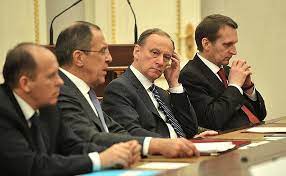

More on this story: The Kremlin power reshuffle amid the war in Ukraine and Putin’s disease
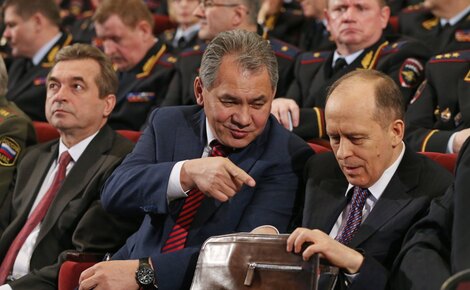
More on this story: Latent split in Russian military and political leadership
